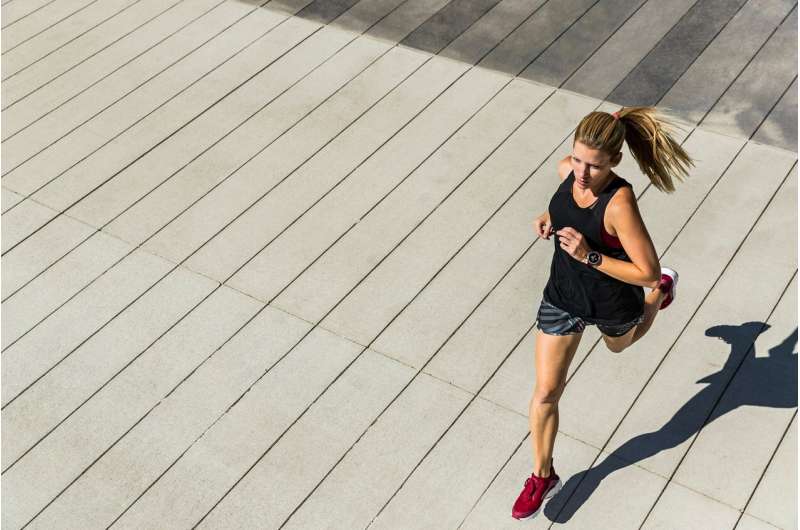Building a better bra

Research in the International Journal of Human Factors and Ergonomics has demonstrated how an analytical tool can be used to assess breast motion during vigorous exercise. The tool reveals that differences in breast size and structure as well as the type of brassiere worn affects movement and thus comfort while exercising. The results of a wider study using the analytical approach could be used to develop more effective and supportive exercise bras for different people.
Joseph E. Langenderfer of the School of Engineering and Technology at Central Michigan University in Mount Pleasant, Michigan, U.S. and Ksenia I. Ustinova of the university's Department of Physical Therapy, have demonstrated that recurrence quantification analysis (RQA) can be used to assess variability in the motion of breast, thorax, and upper-arm in people with different breast size and support during exercise. Specifically, the team had volunteers undertake a common exercise, star jumps under experimental conditions.
The team found that breast support from wearing a bra during exercise leads to less predictable motion of the breasts. However, they found that while the motion of larger breasts occurred with greater amplitude, as one might expect, during exercise, the motion was actually less random and more complex than the movement of smaller breasts. Conversely, the team also looked at how breast size and level of support affected how the exercises were carried out and found that there was little difference in how different members of the study group carried out the star-jump exercise.
"These findings increase understanding of the structure of breast and body motion variability and how bras influence the motion," the team writes. "Such information may improve bra design with the goal of allowing more effective human performance in work and exercise." Given that breast and bra biomechanics are important to at least half the population, research tools that help improve our understanding of the biomechanics are worth pursuing with a view to improving exercise comfort for that part of the population.
More information: Ksenia I. Ustinova et al, Recurrence quantification analysis to assess structure of breast motion variability for jumping jacks exercise, International Journal of Human Factors and Ergonomics (2022). DOI: 10.1504/IJHFE.2022.10046341




















